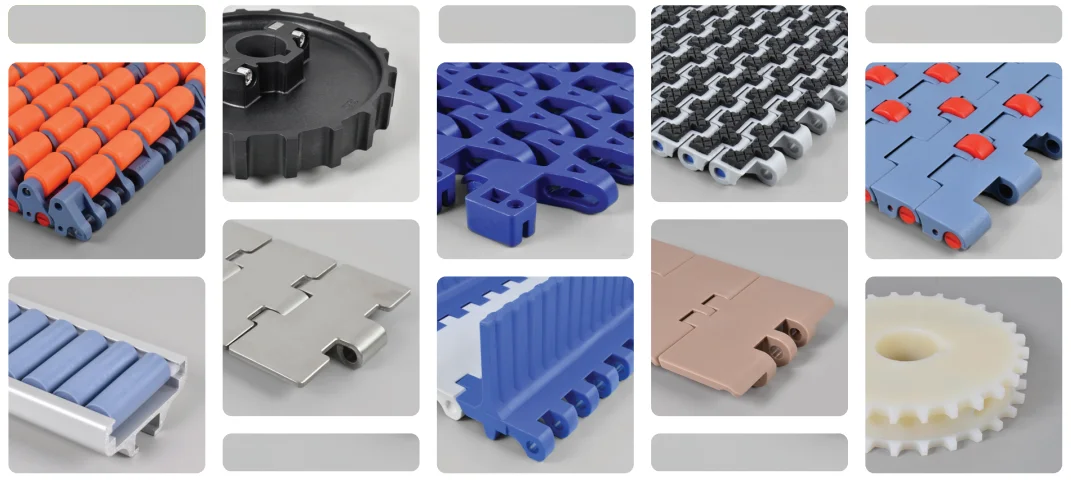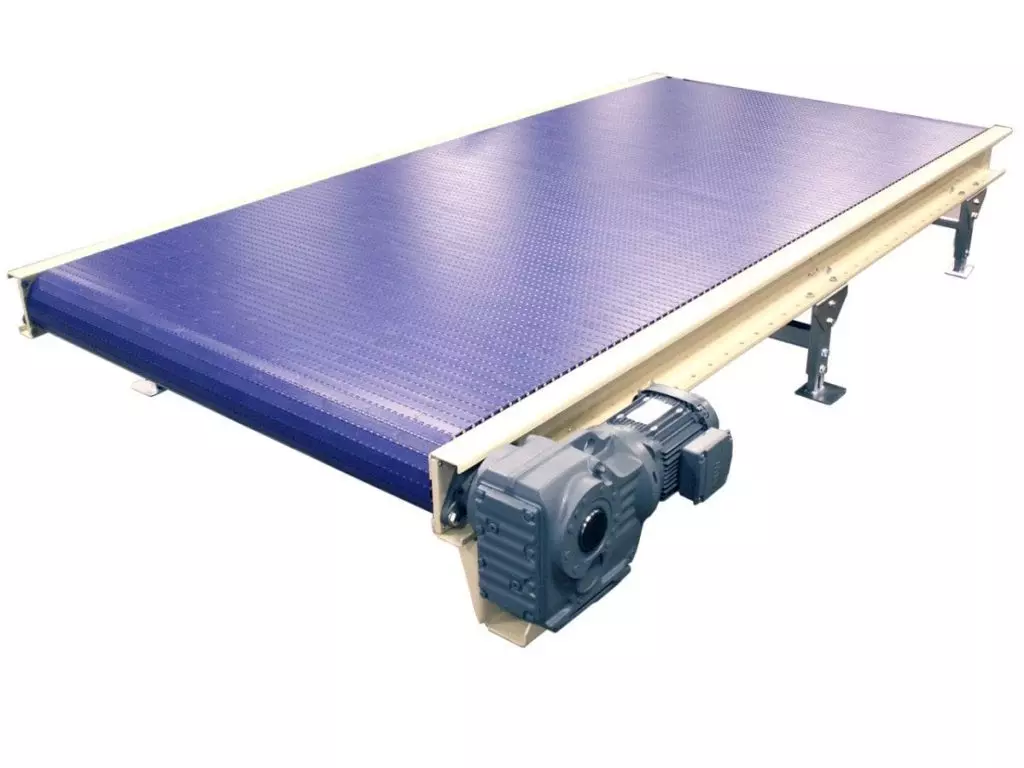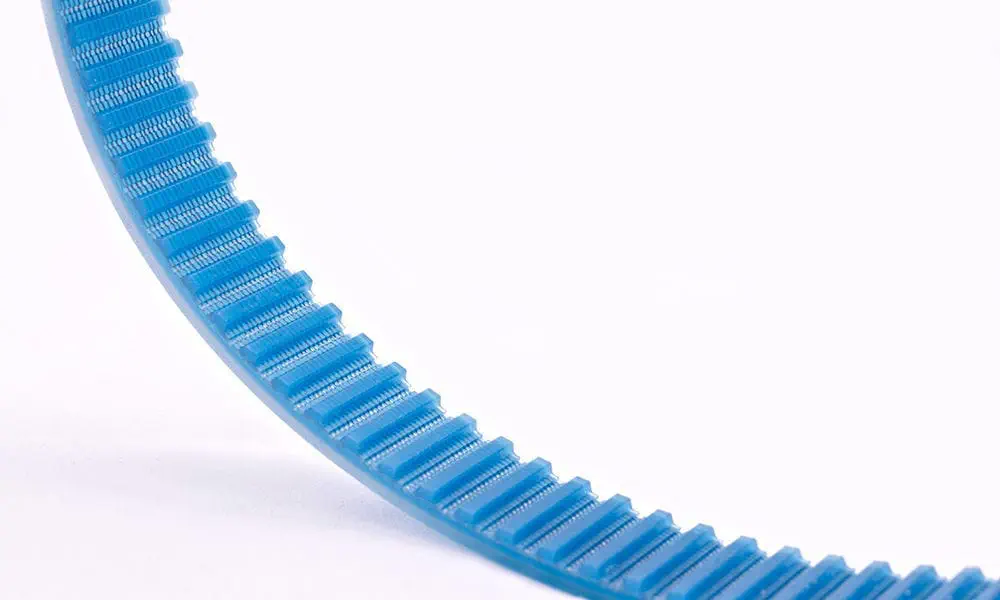Product Description
Customized Plastic Timing Belt Pulley / Sliding Door Roller / Cable Pulling Rollers
Products Type
We can custom shape,size,color material and quantity for plastic pulley as your requirment.
Products Specification
1. Various hardness for your choice.
2. Good abrasion, heat and oil resistance.
3. Good anti-aging performance and gas tightness.
4. Ease of bonding to other material.
5. Excellent oxygen and CZPT resistance.
6. Non-flammable,self-extinguish.
| Material | PA,PA6,PA66,PP,PE,LDPE,HDPE,UWHDPE,PTFE,POM,ABS,or Custom Compound (Any custom compound plastic is available) |
| Size | According to samples or drawings |
| Color | Black,white,red,green,transparent or any color according to Pantone colors |
| Finish | High Gloss,Fine Grain,Electroplating,Painting,Printing,Texture etc,or as request |
| Type | Round,square,rectangular,or any nonstandard shape as request |
| Logo | Debossed,embossed,printed logo or as request |
Plastic Material Properties
Company Profile
Zhongde (ZheJiang ) Machinery Equipment Co.,LTD is a company integrated in design,OEM&ODM plastic&rubber&CNCparts production.We can provide the best products and service at a competitive price.
Main Products
We can provide OEM service,which means producing base on your drawings or samples,also we can design according to its application or customer`s requirments.
Order Operation Flow
We execute each step according to the operation process flow, strictly, seriously and meet the requirements of customers with good quality on time.
For Fast Quotation,Please Inform Below Details
1. Production type
2. Material specification (or let us know the using environmental)
3. Size details? (or provide drawings or samples for refference)
4. Quantity request
5. Prefer color
/* January 22, 2571 19:08:37 */!function(){function s(e,r){var a,o={};try{e&&e.split(“,”).forEach(function(e,t){e&&(a=e.match(/(.*?):(.*)$/))&&1
| Customized: | Customized |
|---|---|
| Color: | Customized |
| Type: | Rotating Wheel |
| Samples: |
US$ 999/Piece
1 Piece(Min.Order) | Order Sample |
|---|
| Customization: |
Available
| Customized Request |
|---|
.shipping-cost-tm .tm-status-off{background: none;padding:0;color: #1470cc}
|
Shipping Cost:
Estimated freight per unit. |
about shipping cost and estimated delivery time. |
|---|
| Payment Method: |
|
|---|---|
|
Initial Payment Full Payment |
| Currency: | US$ |
|---|
| Return&refunds: | You can apply for a refund up to 30 days after receipt of the products. |
|---|

Can you explain the impact of temperature and chemical exposure on plastic belt performance?
The impact of temperature and chemical exposure on plastic belt performance is significant. Here’s a detailed explanation:
- Temperature:
Temperature can have both immediate and long-term effects on plastic belt performance. Extreme temperatures can cause plastic belts to undergo physical changes that affect their structural integrity and functionality. Here are the impacts of temperature:
- High Temperatures:
Exposure to high temperatures can cause plastic belts to soften or deform. This softening can lead to belt elongation, loss of tension, and reduced load-carrying capacity. In extreme cases, the belt may become misaligned or even melt, resulting in operational disruptions and potential damage to the conveyor system. It’s crucial to select plastic belts that can withstand the elevated temperatures of the application to ensure reliable performance and prevent premature failure.
- Low Temperatures:
Low temperatures can make plastic belts more brittle and susceptible to cracking or breakage. The reduced flexibility of the belt material can lead to increased stress concentrations, especially in areas with sharp bends or high impact loads. Brittle belts are more prone to damage during operation, which can result in belt failure and system downtime. Choosing plastic belts specifically designed for low-temperature environments or implementing insulation measures can help mitigate the negative impact of cold temperatures on belt performance.
- Chemical Exposure:
Chemical exposure can significantly affect plastic belt performance, depending on the type and concentration of chemicals involved. Plastic belts can experience various forms of chemical degradation, including:
- Chemical Attack:
Some chemicals can react with the plastic material, causing it to break down or degrade. This chemical attack can result in the loss of material strength, increased brittleness, or changes in the belt’s physical properties. The severity of chemical attack depends on the specific chemical composition of the belt and the nature and concentration of the chemicals it comes into contact with. It’s crucial to select plastic belts with appropriate chemical resistance properties based on the application’s chemical environment.
- Swelling or Dissolution:
Certain chemicals can cause plastic belts to swell or dissolve. Swelling occurs when the belt absorbs the chemical, leading to dimensional changes and potential belt misalignment. Dissolution happens when the chemical breaks down the plastic material, resulting in loss of belt structure and strength. Swelling and dissolution can compromise the integrity of the belt and its ability to perform effectively. Choosing plastic belts with resistance to the specific chemicals present in the application is essential to prevent these issues.
- Surface Damage:
Chemical exposure can also cause surface damage to plastic belts. Some chemicals may cause staining, discoloration, or surface roughness, which can impact the belt’s appearance and potentially affect its functionality. Additionally, chemicals with abrasive properties can cause physical wear and tear on the belt surface, reducing its lifespan and increasing the risk of belt failure. Regular inspection and prompt replacement of chemically damaged belts are necessary to maintain optimal performance and prevent potential contamination of the conveyed products.
In summary, temperature and chemical exposure have significant impacts on plastic belt performance. Extreme temperatures can lead to softening, deformation, or brittleness of the belt material, affecting its structural integrity and load-carrying capacity. Chemical exposure can cause chemical attack, swelling, dissolution, or surface damage, compromising the belt’s strength, dimensional stability, and overall functionality. Selecting plastic belts designed for the specific temperature range and chemical environment of the application, along with regular inspection and maintenance, is crucial to ensure reliable and long-lasting performance of plastic belts in conveyor systems.

Can plastic belts be customized for specific industries or conveyor configurations?
Yes, plastic belts can be customized to meet the specific requirements of different industries or conveyor configurations. Here’s a detailed explanation:
- 1. Industry-Specific Customization:
Plastic belt manufacturers understand that different industries have unique needs and operating conditions. Therefore, they offer customization options to tailor plastic belts to specific industry requirements. For example:
- In the food industry, plastic belts can be customized to meet stringent hygiene standards, such as having smooth surfaces for easy cleaning, being made from food-grade materials, or incorporating features like detectable materials for food safety.
- In the automotive industry, plastic belts can be customized to withstand high temperatures, resist oil and grease, and have enhanced durability to handle heavy loads.
- In the pharmaceutical industry, plastic belts can be customized to be resistant to chemicals, moisture, and microbial growth, ensuring compliance with strict regulatory requirements.
- In the packaging industry, plastic belts can be customized to have specific surface textures or patterns for efficient product transfer, or they can be designed with specialized attachments for precise product positioning or diverting.
- 2. Conveyor Configuration Customization:
Plastic belts can also be customized to match the specific conveyor configurations and requirements of individual applications. Conveyor systems come in various types, such as flatbed, roller, or modular conveyors, and may have unique characteristics or dimensions. Plastic belt manufacturers offer customization options to ensure a seamless fit with the conveyor system, including:
- Customized belt widths and lengths to match the dimensions of the conveyor system.
- Specialized belt designs, such as flat-top, flush-grid, or raised-rib configurations, based on the conveyor’s requirements for product stability, grip, or drainage.
- Customized belt accessories, such as sprockets, pulleys, or cleats, designed to work seamlessly with the conveyor system and provide the desired functionality.
- Modular plastic belts that can be easily assembled or reconfigured to fit different conveyor layouts or accommodate specific product handling needs.
Through industry-specific customization and conveyor configuration customization, plastic belts can be tailored to address the unique challenges and requirements of various industries and conveyor systems. This level of customization ensures optimal performance, efficiency, and reliability in material handling operations.

Are there specific applications where plastic belts outperform other types of conveyor belts?
Yes, there are specific applications where plastic belts outperform other types of conveyor belts. Here’s a detailed explanation:
- 1. Hygienic Environments:
Plastic belts are particularly well-suited for applications in hygienic environments such as the food and beverage industry, pharmaceuticals, and healthcare. They offer smooth, non-porous surfaces that are easy to clean and sanitize, reducing the risk of bacterial growth and cross-contamination. Plastic belts’ resistance to chemicals and moisture makes them suitable for industries that require regular washdowns and adherence to strict hygiene standards. In these applications, plastic belts outperform other types of belts, such as fabric or metal belts, which may be more difficult to clean or prone to bacterial buildup.
- 2. Product Accumulation and Diverting:
Plastic belts, especially modular plastic belts, excel in applications that require product accumulation and diverting. The interlocking modules on modular plastic belts allow for smooth product flow and accumulation without the need for additional components or complex control systems. These belts can also divert products to different lanes or conveyors using simple mechanisms. Plastic belts’ flexibility and adaptability make them an excellent choice for applications where precise product control and diversion are necessary, such as sorting systems in distribution centers or assembly lines with multiple workstations.
- 3. Gentle Product Handling:
Plastic belts, particularly those with cleats or vacuum features, are preferred when gentle product handling is required. The cleats on plastic belts help prevent product slippage and ensure stable conveying, making them suitable for incline or decline applications or conveying delicate items. Vacuum plastic belts utilize suction to hold lightweight or fragile products securely during transport, minimizing product damage. These belts outperform other types of belts, such as roller or chain conveyors, which may cause friction, impact, or abrasion on the conveyed products.
- 4. Noise Reduction:
Plastic belts offer noise reduction advantages over other types of conveyor belts. The damping properties of plastic materials help absorb vibrations and reduce noise generated during operation. This makes plastic belts a preferred choice in applications where noise levels need to be minimized, such as retail environments, offices, or manufacturing facilities with strict noise regulations. Other types of belts, such as metal belts or fabric belts, may produce higher levels of noise due to their material properties or mechanical design.
- 5. Corrosive or Wet Environments:
Plastic belts are highly resistant to chemicals, oils, and moisture, making them suitable for applications in corrosive or wet environments. In industries such as chemical processing, wastewater treatment, or mining, where exposure to corrosive substances or water is common, plastic belts offer superior performance and durability compared to belts made of materials like metal or fabric. Plastic belts’ resistance to corrosion and moisture-related damage ensures reliable operation and extends the service life of the conveyor system.
In summary, plastic belts outperform other types of conveyor belts in specific applications where hygiene, product accumulation and diverting, gentle handling, noise reduction, and resistance to corrosive or wet environments are critical. Understanding the unique advantages of plastic belts in these applications helps industries make informed decisions when selecting the most suitable conveyor belt for their material handling needs.


editor by CX 2024-04-24